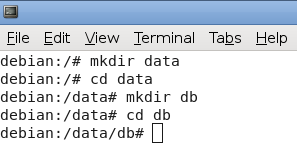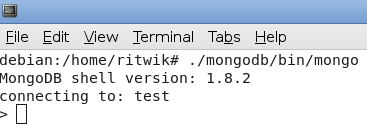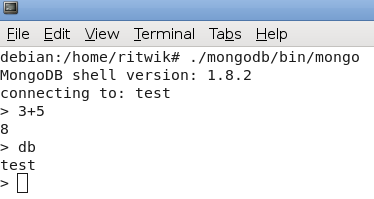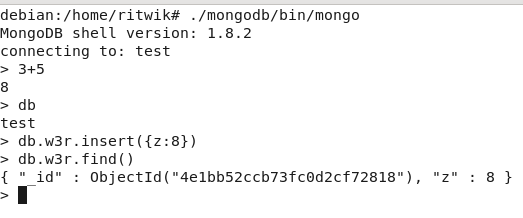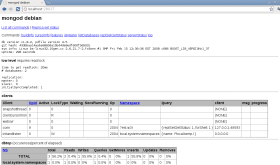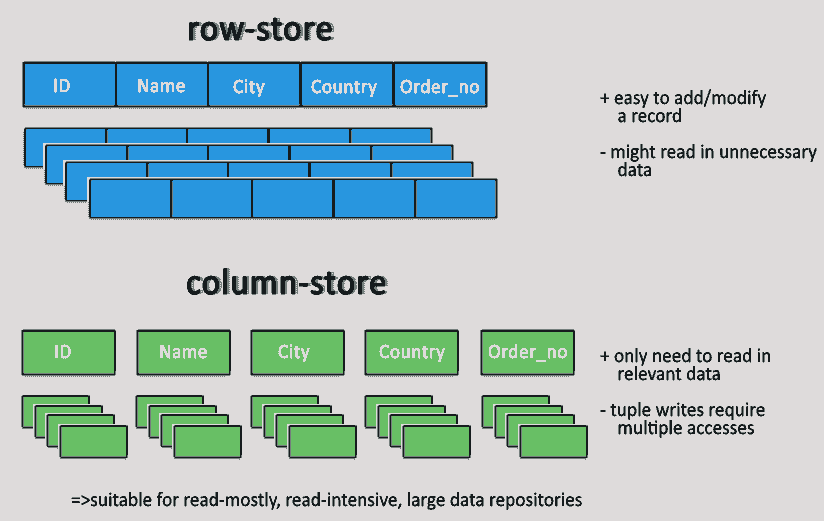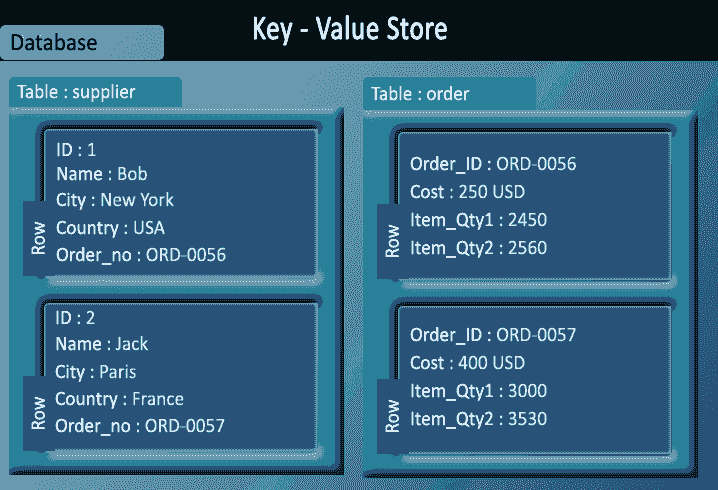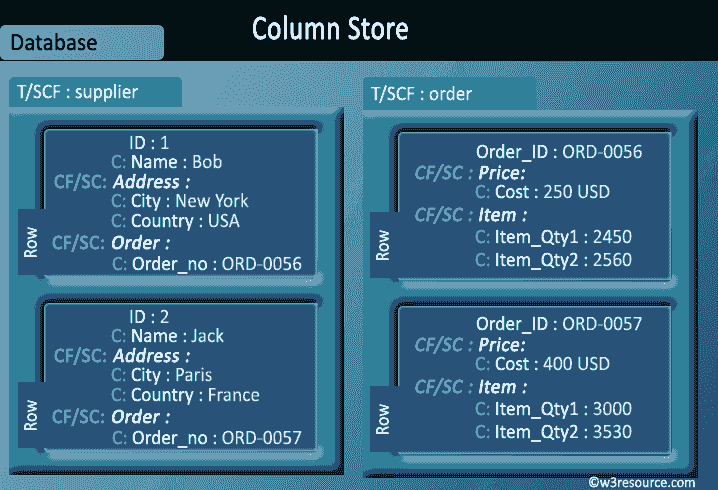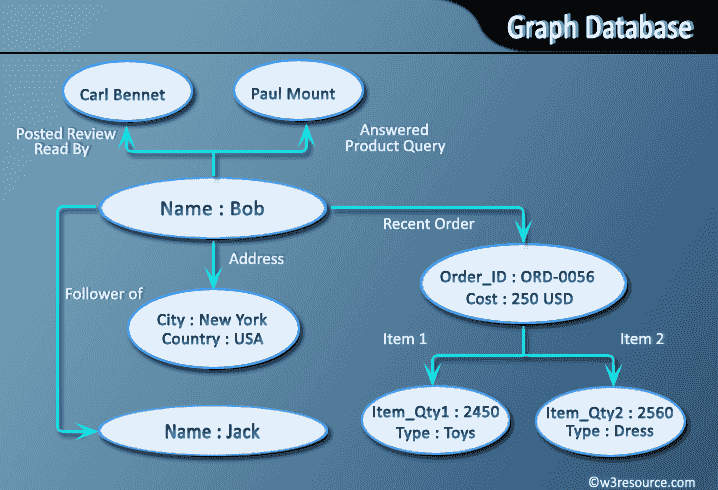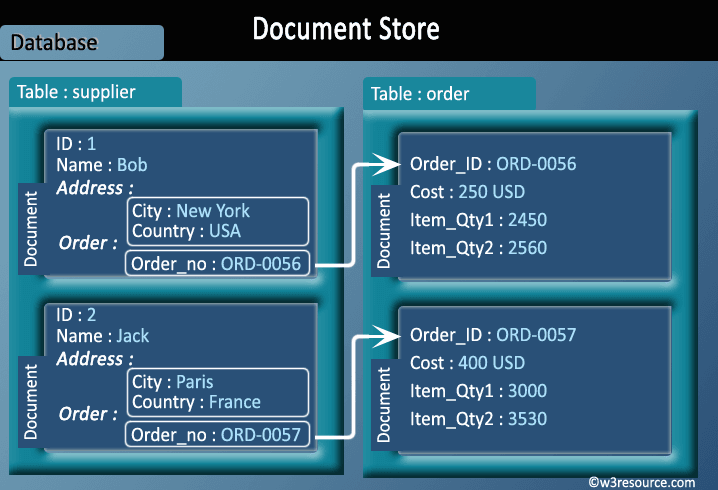As a catch-all term, “big data” can be pretty nebulous, in the same way that the term “cloud” covers diverse technologies. Input data to big data systems could be chatter from social networks, web server logs, traffic flow sensors, satellite imagery, broadcast audio streams, banking transactions, MP3s of rock music, the content of web pages, scans of government documents, GPS trails, telemetry from automobiles, financial market data, the list goes on. Are these all really the same thing?
To clarify matters, the three Vs of volume, velocity and variety are commonly used to characterize different aspects of big data. They’re a helpful lens through which to view and understand the nature of the data and the software platforms available to exploit them. Most probably you will contend with each of the Vs to one degree or another.
Volume
The benefit gained from the ability to process large amounts of information is the main attraction of big data analytics. Having more data beats out having better models: simple bits of math can be unreasonably effective given large amounts of data. If you could run that forecast taking into account 300 factors rather than 6, could you predict demand better?
This volume presents the most immediate challenge to conventional IT structures. It calls for scalable storage, and a distributed approach to querying. Many companies already have large amounts of archived data, perhaps in the form of logs, but not the capacity to process it.
Assuming that the volumes of data are larger than those conventional relational database infrastructures can cope with, processing options break down broadly into a choice between massively parallel processing architectures — data warehouses or databases such as Greenplum — and Apache Hadoop-based solutions. This choice is often informed by the degree to which the one of the other “Vs” — variety — comes into play. Typically, data warehousing approaches involve predetermined schemas, suiting a regular and slowly evolving dataset. Apache Hadoop, on the other hand, places no conditions on the structure of the data it can process.
At its core, Hadoop is a platform for distributing computing problems across a number of servers. First developed and released as open source by Yahoo, it implements the MapReduce approach pioneered by Google in compiling its search indexes. Hadoop’s MapReduce involves distributing a dataset among multiple servers and operating on the data: the “map” stage. The partial results are then recombined: the “reduce” stage.
To store data, Hadoop utilizes its own distributed filesystem, HDFS, which makes data available to multiple computing nodes. A typical Hadoop usage pattern involves three stages:
- loading data into HDFS,
- MapReduce operations, and
- retrieving results from HDFS.
This process is by nature a batch operation, suited for analytical or non-interactive computing tasks. Because of this, Hadoop is not itself a database or data warehouse solution, but can act as an analytical adjunct to one.
One of the most well-known Hadoop users is Facebook, whose model follows this pattern. A MySQL database stores the core data. This is then reflected into Hadoop, where computations occur, such as creating recommendations for you based on your friends’ interests. Facebook then transfers the results back into MySQL, for use in pages served to users.
Velocity
The importance of data’s velocity — the increasing rate at which data flows into an organization — has followed a similar pattern to that of volume. Problems previously restricted to segments of industry are now presenting themselves in a much broader setting. Specialized companies such as financial traders have long turned systems that cope with fast moving data to their advantage. Now it’s our turn.
Why is that so? The Internet and mobile era means that the way we deliver and consume products and services is increasingly instrumented, generating a data flow back to the provider. Online retailers are able to compile large histories of customers’ every click and interaction: not just the final sales. Those who are able to quickly utilize that information, by recommending additional purchases, for instance, gain competitive advantage. The smartphone era increases again the rate of data inflow, as consumers carry with them a streaming source of geolocated imagery and audio data.
It’s not just the velocity of the incoming data that’s the issue: it’s possible to stream fast-moving data into bulk storage for later batch processing, for example. The importance lies in the speed of the feedback loop, taking data from input through to decision. A commercial from IBM makes the point that you wouldn’t cross the road if all you had was a five-minute old snapshot of traffic location. There are times when you simply won’t be able to wait for a report to run or a Hadoop job to complete.
Industry terminology for such fast-moving data tends to be either “streaming data,” or “complex event processing.” This latter term was more established in product categories before streaming processing data gained more widespread relevance, and seems likely to diminish in favor of streaming.
There are two main reasons to consider streaming processing. The first is when the input data are too fast to store in their entirety: in order to keep storage requirements practical some level of analysis must occur as the data streams in. At the extreme end of the scale, the Large Hadron Collider at CERN generates so much data that scientists must discard the overwhelming majority of it — hoping hard they’ve not thrown away anything useful. The second reason to consider streaming is where the application mandates immediate response to the data. Thanks to the rise of mobile applications and online gaming this is an increasingly common situation.
Product categories for handling streaming data divide into established proprietary products such as IBM’s InfoSphere Streams, and the less-polished and still emergent open source frameworks originating in the web industry: Twitter’s Storm, and Yahoo S4.
As mentioned above, it’s not just about input data. The velocity of a system’s outputs can matter too. The tighter the feedback loop, the greater the competitive advantage. The results might go directly into a product, such as Facebook’s recommendations, or into dashboards used to drive decision-making.
It’s this need for speed, particularly on the web, that has driven the development of key-value stores and columnar databases, optimized for the fast retrieval of precomputed information. These databases form part of an umbrella category known as NoSQL, used when relational models aren’t the right fit.
Variety
Rarely does data present itself in a form perfectly ordered and ready for processing. A common theme in big data systems is that the source data is diverse, and doesn’t fall into neat relational structures. It could be text from social networks, image data, a raw feed directly from a sensor source. None of these things come ready for integration into an application.
Even on the web, where computer-to-computer communication ought to bring some guarantees, the reality of data is messy. Different browsers send different data, users withhold information, they may be using differing software versions or vendors to communicate with you. And you can bet that if part of the process involves a human, there will be error and inconsistency.
A common use of big data processing is to take unstructured data and extract ordered meaning, for consumption either by humans or as a structured input to an application. One such example is entity resolution, the process of determining exactly what a name refers to. Is this city London, England, or London, Texas? By the time your business logic gets to it, you don’t want to be guessing.
The process of moving from source data to processed application data involves the loss of information. When you tidy up, you end up throwing stuff away. This underlines a principle of big data: when you can, keep everything. There may well be useful signals in the bits you throw away. If you lose the source data, there’s no going back.
Despite the popularity and well understood nature of relational databases, it is not the case that they should always be the destination for data, even when tidied up. Certain data types suit certain classes of database better. For instance, documents encoded as XML are most versatile when stored in a dedicated XML store such as MarkLogic. Social network relations are graphs by nature, and graph databases such as Neo4J make operations on them simpler and more efficient.
Even where there’s not a radical data type mismatch, a disadvantage of the relational database is the static nature of its schemas. In an agile, exploratory environment, the results of computations will evolve with the detection and extraction of more signals. Semi-structured NoSQL databases meet this need for flexibility: they provide enough structure to organize data, but do not require the exact schema of the data before storing it.





